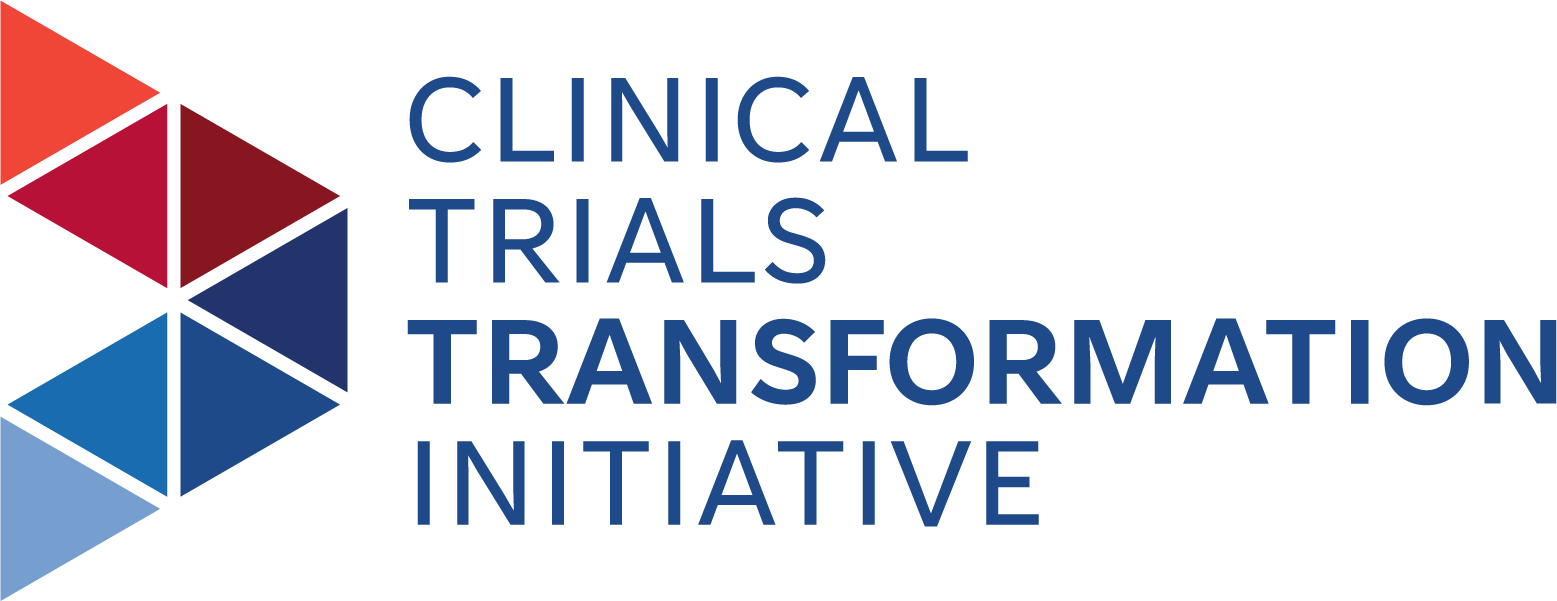FasterCures Champions New Models of Patient Engagement to Improve Trial Quality
FasterCures Applies CTTI's Patient Group Engagement Recommendations
SUMMARY
For 20 years, FasterCures has
been a hub for fostering venture philanthropy through its TRAIN (The Research Acceleration and Innovation
Network) initiative. Through its programs, like Patients Count, FasterCures has also sought
to advance the science of patient input, making patient engagement a more
regular and rigorous practice across the research and development ecosystem. In 2019, the
well-respected, innovative think tank published a manuscript titled “Advancing Models of Patient Engagement” that cites CTTI's Patient Group Engagement (PGE) recommendations and
resources and expands those ideas across the clinical trials ecosystem. Here is
what FasterCures finds valuable about CTTI’s work.
GOAL(S)
Guided by a conviction that the best
ideas, under-resourced, cannot succeed, FasterCures (of the Milken
Institute), conducts research and analysis and convenes top experts,
innovators, and influencers from different backgrounds and competing
viewpoints. They leverage this expertise and insight to construct programs and
policy initiatives to effect change and help people live better lives through improved
health and economic prosperity. In response to the emerging focus on patient
engagement across the clinical trials ecosystem, FasterCures sought to identify
effective ways for research organizations of all types, including research data
networks, to partner with patient organizations that can bring patients' perspective, participation, and data to the table.
CHALLENGES
FasterCures
has a long history, through its TRAIN initiative and its Patients Count
program, of supporting and learning from innovative patient organizations that
want to follow a more entrepreneurial approach in their role as funders and
intermediaries for patient engagement in research. How could FasterCures
empower these groups to bring richer, real-world data about the patient experience
to the planning and conduct of research?
SOLUTION(S)
With CTTI's PGE recommendations
as one of several key resources, FasterCures set out to develop best practices
for advancing models of patient engagement. The resulting effort was a three-part
manuscript series, "Advancing Models of Patient Engagement," that explored
patient organizations as research and data partners. Specifically, the series
offered: 1) a high-level framing of patient engagement issues and trends, 2) a look
at the critical role patient organizations play in the research ecosystem, and 3)
in-depth recommendations for researchers to engage meaningfully with patients.
The final recommendations section highly cited CTTI's work.
TAKING ACTION
To illustrate the capacity to add
value across the research and development continuum, FasterCures' patient engagement
manuscript referenced a Parent Project Muscular Dystrophy (PPMD) chevron
diagram popularized by CTTI, "Patient Group Engagement Across the Clinical
Trial Continuum." The diagram catalogs organizational assets relevant to each
drug development stage, illuminating the ways that researchers and sponsors
might draw on PPMD's expertise.
FasterCures' manuscript also calls out CTTI's set of tools, in the form of checklists or questionnaires, that sponsors can use to characterize patient organization skills and strengths and enable researchers to find partners with the expertise needed for their specific project. Those tools include CTTI’s Patient Group Organizational Expertise and Assets Evaluation Tool, which assists in exploring potential input from patient groups across the clinical trial lifecycle based on expertise, and the Assessment of Patient Group Internal Aspects Tool, which encourages upfront assessment of patient groups in areas like vision, operations, and budget.
FasterCures' patient engagement manuscript refers to CTTI's PGE recommendations as "the most detailed, practical effort to create a framework for researchers seeking patient group partners."
FasterCures' manuscript also calls out CTTI's set of tools, in the form of checklists or questionnaires, that sponsors can use to characterize patient organization skills and strengths and enable researchers to find partners with the expertise needed for their specific project. Those tools include CTTI’s Patient Group Organizational Expertise and Assets Evaluation Tool, which assists in exploring potential input from patient groups across the clinical trial lifecycle based on expertise, and the Assessment of Patient Group Internal Aspects Tool, which encourages upfront assessment of patient groups in areas like vision, operations, and budget.
FasterCures' patient engagement manuscript refers to CTTI's PGE recommendations as "the most detailed, practical effort to create a framework for researchers seeking patient group partners."
IMPACT
FasterCures
published its "Advancing Models of Patient Engagement" manuscript of
recommendations in November 2019.
ADVICE
Some
implementations of CTTI's work are "boots on the ground" organizational
changes, but just as important are efforts by FasterCures and others, which
influence the clinical trials landscape and can drive powerful change. The director
of FasterCures' venture philanthropy and patient engagement explains that
patient centricity has been a central driver of the organization's work, and it
dovetailed nicely with CTTI's PGE efforts. By collaborating with and tapping
into CTTI's work, FasterCures was able to expand these ideas across the
clinical trials ecosystem and specifically within the organization's unique and
expansive network.
ORGANIZATION
FasterCures, of the Milken Institute
ORGANIZATION TYPE
Other
IMPLEMENTATION DATE
2019
TOPIC
Patient Engagement
